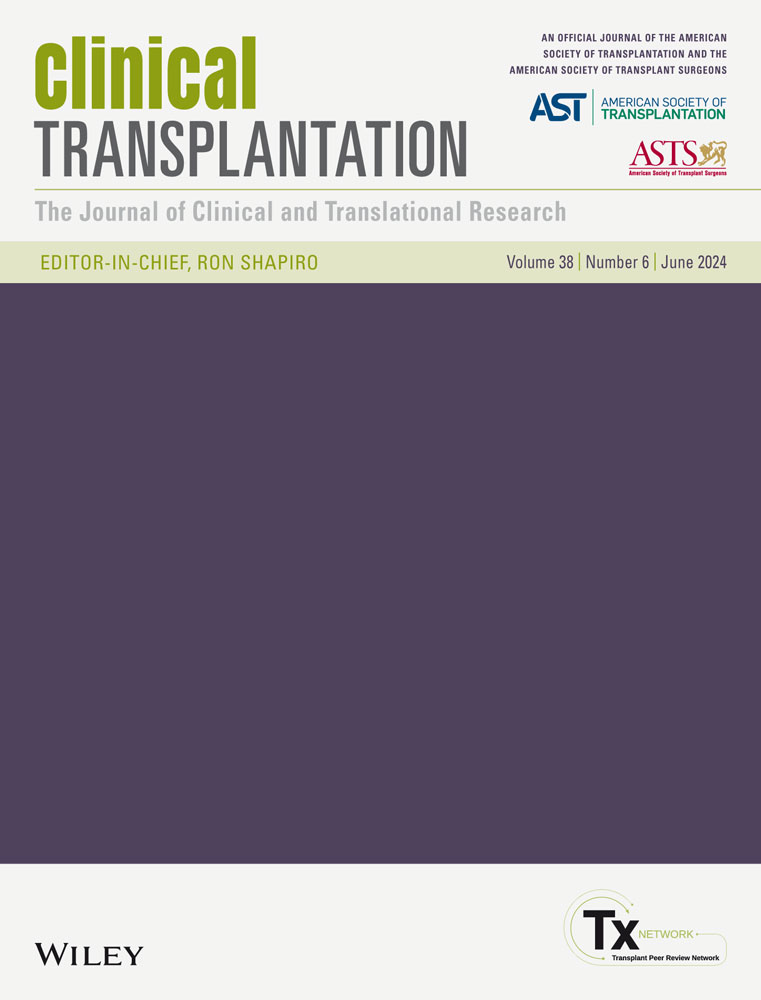Clinical and Economic Impact of CMV Infection in Allogeneic Hematopoietic Stem Cell Transplantation: Perspectives from a Middle-Income Nation
Funding: This work was supported by grants from Merck Sharp & Dohme (MSD).
ABSTRACT
Background
Cytomegalovirus infection (CMV) is a common complication after allogeneic hematopoietic stem cell transplantation (AHSCT). CMV infection increases transplantation costs; however, the extent of the financial burden may vary in different countries. This study aims to determine the clinical and economic impact of CMV infection in patients undergoing AHSCT in a middle-income country.
Methods
A total of 150 adult and pediatric patients post-AHSCT were included for analysis. In addition to incidence of CMV infections, data on graft versus host disease (GVHD) were also collected. Standard hospital charges for AHSCT and any additional transplantation-related expenditure within 12 months were also retrieved in 104 patients.
Results
CMV infection, acute GVHD and chronic GVHD occurred in 38.7%, 60.7%, and 22.0% of patients, respectively. Patients with CMV infections had higher readmission rates compared to those who did not (67.2% vs. 47.8%; p = 0.020). Additional expenditure was seen in HLA-haploidentical AHSCT and CMV infection (MYR11 712.25/USD2 504.49; p < 0.0001 and MYR5 807.24/USD1 241.79; p = 0.036), respectively.
Conclusion
This single-center study demonstrated that patients who underwent HLA-haploidentical AHSCT and subsequently developed CMV infection had higher transplantation expenditures compared to those who had matched-related transplantation. Further studies should be conducted to evaluate if primary prophylaxis against CMV is cost-effective, especially in patients who undergo HLA-haploidentical AHSCT.
Conflicts of Interest
The authors declare no conflicts of interest.
Open Research
Data Availability Statement
The data that support the findings of this study are available on request from the corresponding author. The data are not publicly available due to privacy or ethical restrictions.




